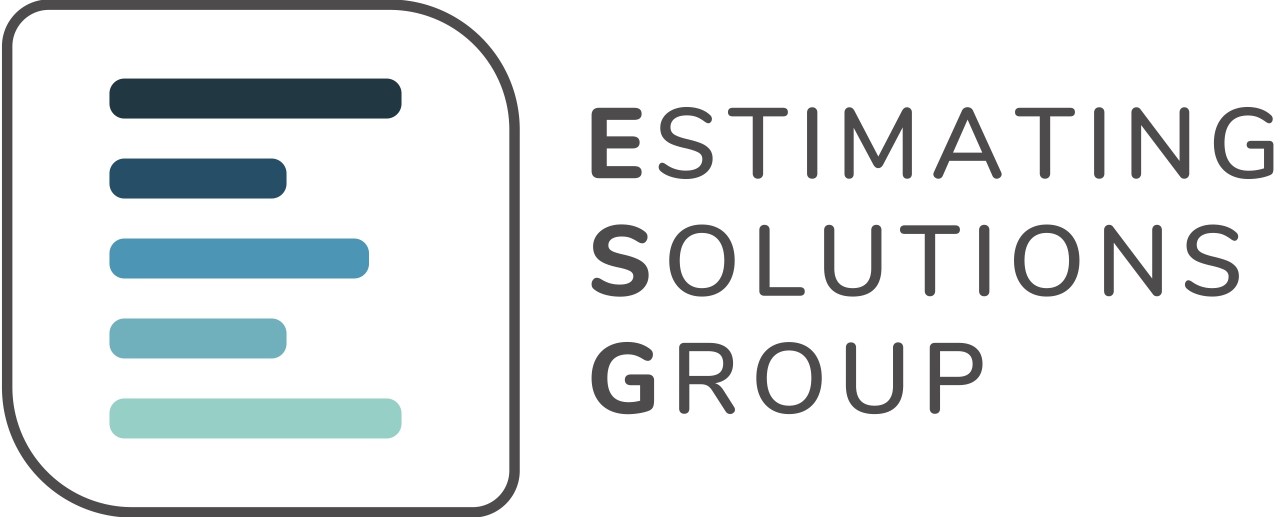Accurate cost estimation is a cornerstone of successful construction projects, especially in Australia where the industry faces unique challenges and regulations. Whether you're a contractor, project manager, or property developer, understanding the ins and outs of estimating services can make a significant difference in project outcomes. This guide will walk you through everything you need to know to master construction estimating in Australia.
Construction estimating involves predicting the costs associated with a construction project. This includes everything from materials and labor to overheads and contingency funds. Accurate estimates are crucial for budgeting, securing financing, and ensuring that projects stay within financial limits.

Also known as rough order of magnitude (ROM) estimates, these are early-stage estimates used to gauge the feasibility of a project. They are based on limited information and are subject to significant change.
Detailed estimates are more precise and involve a comprehensive analysis of the project’s scope. This includes a breakdown of all costs associated with materials, labor, and overheads.
A quantity takeoff is a detailed list of materials and quantities required for a project. This step is crucial for creating accurate cost estimates and ensuring that all necessary resources are accounted for.
Australia’s construction industry is governed by strict regulations and standards. Understanding these regulations, including Australian Building Codes and standards, is essential for accurate estimating.
Fluctuations in material costs, labor rates, and economic conditions can impact estimates. Staying updated with market trends and adjusting your estimates accordingly is crucial.
Factors such as site accessibility, soil conditions, and environmental considerations can affect the cost of construction. Conducting thorough site assessments can help in creating more accurate estimates.

Ensure you have comprehensive details about the project scope, design, and requirements. Incomplete or vague information can lead to inaccurate estimates.
Leveraging modern estimating software can streamline the process and improve accuracy. These tools often include features for quantity takeoffs, cost databases, and bid management.
Engage with experienced estimators or consultants who have a deep understanding of the Australian construction market. Their expertise can provide valuable insights and enhance the accuracy of your estimates.
Include a contingency allowance in your estimates to account for unexpected costs. This helps in managing risks and ensuring that the project remains financially viable.
Incomplete or changing plans can make accurate estimating difficult. Work closely with architects and designers to ensure that all plans are final and detailed.
Material and labor costs can fluctuate. Stay informed about current market conditions and include flexible cost components in your estimates.
Stay updated on changes in building codes and regulations to ensure compliance and avoid costly adjustments later in the project.
Accurate estimating is essential for the success of construction projects in Australia. By understanding the types of estimates, considering local factors, and following best practices, you can improve the accuracy of your estimates and contribute to the successful completion of your projects. Embrace technology, consult with experts, and stay informed to navigate the complexities of construction estimating effectively.
| M | T | W | T | F | S | S |
|---|---|---|---|---|---|---|
| 1 | 2 | 3 | 4 | 5 | 6 | 7 |
| 8 | 9 | 10 | 11 | 12 | 13 | 14 |
| 15 | 16 | 17 | 18 | 19 | 20 | 21 |
| 22 | 23 | 24 | 25 | 26 | 27 | 28 |
| 29 | 30 | 31 | ||||

